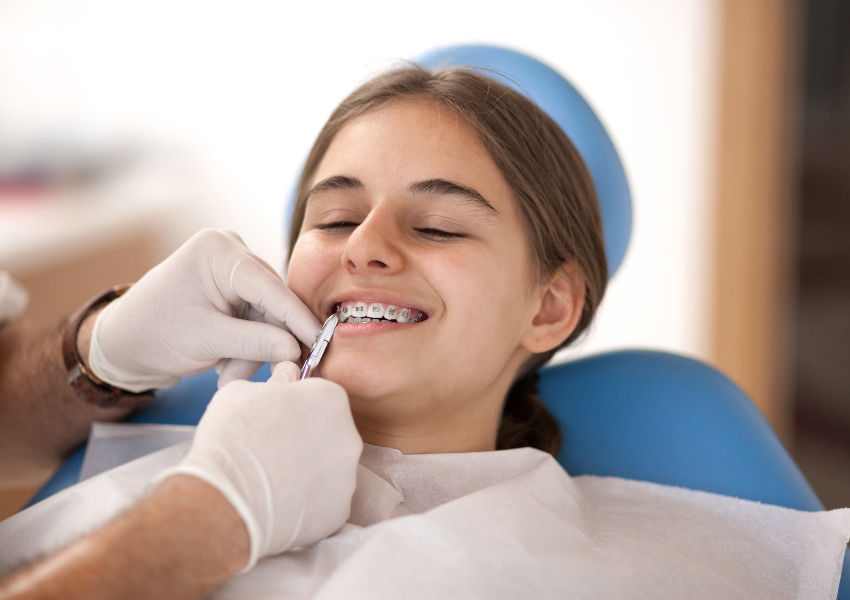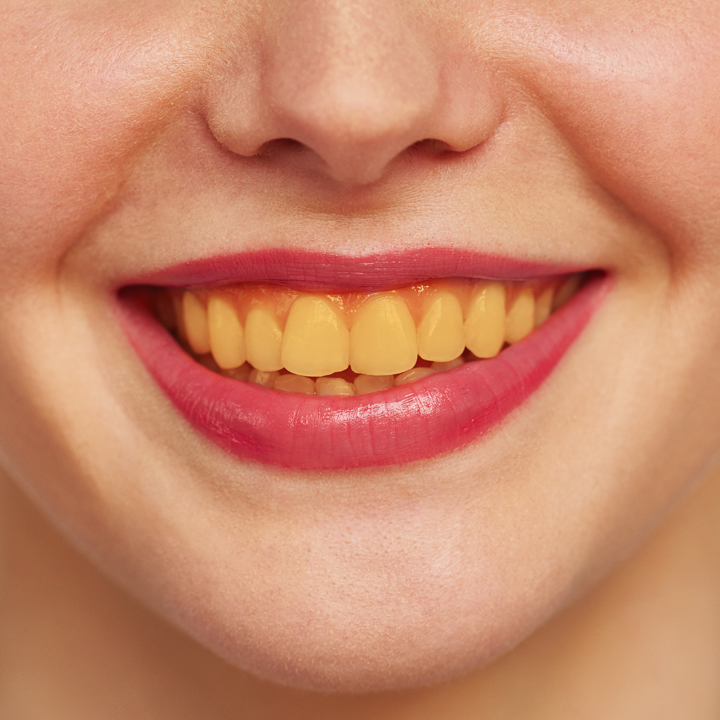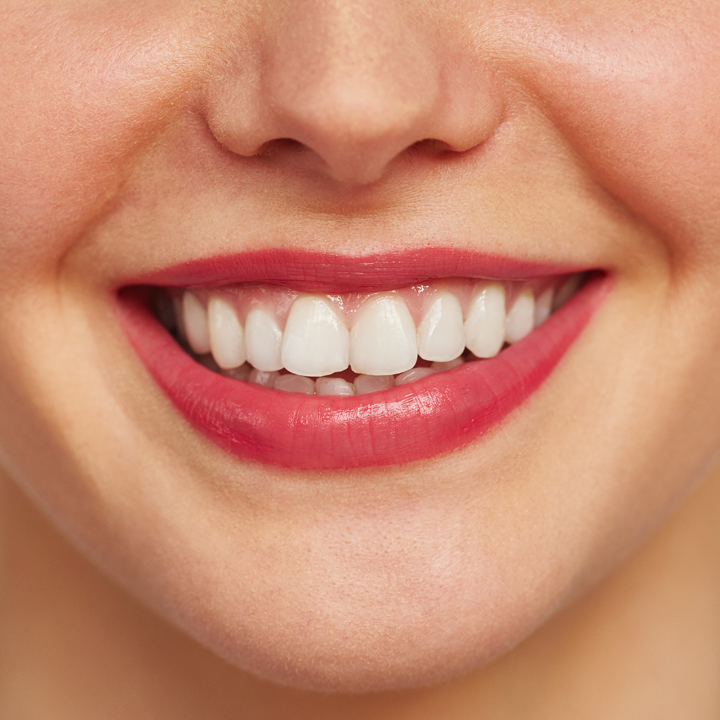Shorter treatment times. Less appointments. Less need for extractions. How is this all possible?
How can self-ligating braces provide shorter treatment times, fewer appointments, and less need for extractions?
Besides, Self-ligating braces do not have elastic ligatures or metal ties, which traditional braces have, that increase friction between the wire and the braces, slowing down tooth movement and causing discomfort.
Instead, self-ligating braces have a door mechanism that opens and closes to hold the tooth-aligning wires, which results in faster tooth movement with less friction and discomfort.
Benefits of self-ligating braces:
With no need for elastic ties that lose strength over time, the interval between appointments for self-ligating braces can be extended to 8-12 weeks, compared to traditional braces that require replacement of the ties every 4-6 weeks.
These Self-ligating braces also offer benefits such as less pain, more comfort, better hygiene, and more discreet design.
However, self-ligating braces require monitoring to ensure that the clip or door in the bracket is intact and still functioning well, and small arch wire bends or elastic ligatures may still need to be placed.
Self-Ligating Technology:
Next, Self-ligating braces are a promising technology but they have some disadvantages, including bracket issues that require attention.
Passive self-ligating brace system is the answer. While self-ligating braces aren’t exactly the newest in orthodontic technology, they have steadily gained steam over the recent years due to newer product material and application methods.
This trend in popularity is due to the many benefits that self-ligating braces offer versus traditional braces…
Traditional Braces
Consisting of small “wings”, traditional braces hold the tooth-aligning wires in place with tight elastic ties (these are the colours you see on the braces). These elastic ties on each brace create increased friction between the braces and the wire.
Equally important, In order for teeth to move, the brace must slide along the wire. The elastic ties and their friction slow down this “sliding” and require higher force levels to move teeth.
The result? More discomfort and slower tooth movement. Furthermore, the elastic ties lose their strength over time and their ability to hold the wire all the way in the braces. However, This requires more frequent appointments to replace the ties with fresh ones too.
Traditional Braces Overview:
•Longer Treatment Time (patient depending)
•Increased Patient Discomfort
•Increased Number of Office Visits
•More Difficult at Home Maintenance / Cleanliness
Self-Ligating Braces
Differing from traditional braces, self-ligating braces do not have the elastic ligatures. In other words, there are no elastic “ties” or metal ties because they are simply not needed.
Rather, self-ligating braces have a door mechanism that is opened and closed to hold the tooth-aligning wires. This allows for far less friction between the wire and the braces.
Moreover, This results in faster tooth movement because the braces are free to slide along the wire (metal bracket on metal wire). Also, this concept allows for greater freedom of tooth movement with much less discomfort.
Forces:
In addition, Lighter forces are utilized because of the reduction in friction between the wire and brace.
With no need for the elastic ties that fade with time, the interval between appointments is much longer.
Gone are the days of having to replace the elastic ties every 4-6 weeks.
With our self-ligating braces, we are able to extend your appointment intervals out every 8-12 weeks.
In summary, self-ligating braces are easier on your teeth, easier on your time, and achieve stunning results.











